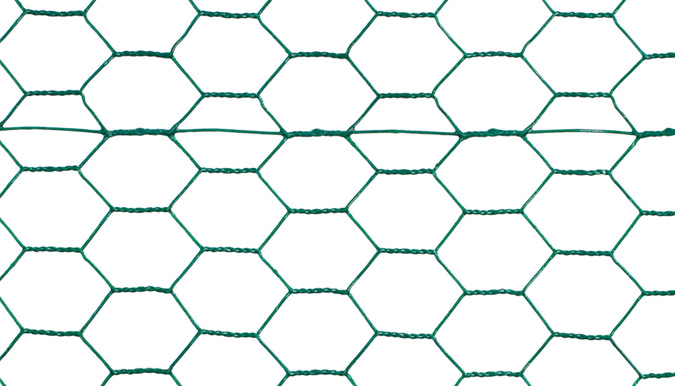Creating a Mesh Cage for Enhanced Structural Support and Aesthetics in Design
نوفمبر . 16, 2024 13:23
The Evolution and Significance of Mesh Cages in Modern Technology
In the realm of modern technology and engineering, the concept of mesh cages has become a pivotal innovation, finding applications across a multitude of industries. These ingenious structures, composed of interconnected wire mesh elements, offer unique advantages in terms of both functionality and versatility. The evolution of mesh cage design has paralleled advancements in material science and engineering techniques, making them more efficient and durable than ever before.
Initially used in the agricultural sector for purposes such as livestock management and fencing, mesh cages quickly expanded their utility. Their inherent structural integrity and flexibility made them suitable for various applications, from construction to environmental protection. In the construction industry, mesh cages are commonly employed as reinforcement for concrete structures. By encasing steel reinforcements within a mesh system, engineers can enhance the tensile strength of concrete, ensuring stability and longevity in buildings and bridges.
The environmental sector has also embraced mesh cages for their utility in erosion control and wildlife conservation. For example, sediment control mesh cages are utilized to retain silt and prevent soil erosion in vulnerable areas, thus promoting the restoration of natural habitats. Similarly, mesh cages are implemented in aquatic environments to protect young fish and aquatic life from predators, fostering biodiversity in ecosystems.
mesh cage

One of the most innovative applications of mesh cages is found in the field of biotechnology. Researchers have started using three-dimensional mesh structures as scaffolding for cell growth and tissue engineering. This biocompatibility aspect is essential, as it mimics the extracellular matrix found in human tissues, allowing for more effective cell adhesion and growth. Such mesh cages play a crucial role in regenerative medicine, potentially leading to breakthroughs in treatments for injuries and degenerative diseases.
In addition to their technical advantages, mesh cages also contribute significantly to efficient resource management. The lightweight nature of mesh structures enables easy transportation and installation, reducing overall costs and labor requirements. Furthermore, the materials used in their construction are often recyclable, contributing to sustainability goals in various industries.
Despite their practicality, the design and configuration of mesh cages continue to pose challenges. Engineers and designers are constantly seeking ways to optimize the geometry and material properties of mesh systems to enhance their performance under various conditions. Advanced computational techniques and simulation tools are increasingly employed to predict how these structures will behave under stress, leading to innovative designs that balance strength, weight, and material efficiency.
In conclusion, the development of mesh cages represents a remarkable fusion of engineering ingenuity and scientific advancement. These versatile structures have transcended their original agricultural applications, finding essential roles in construction, environmental protection, biotechnology, and beyond. As we continue to push the boundaries of technology, mesh cages are poised to play an even more integral role in the sustainable solutions of the future. Their ongoing evolution is a testament to the dynamic interplay between material science and engineering—a journey that holds the promise of driving significant advancements in numerous fields.




















